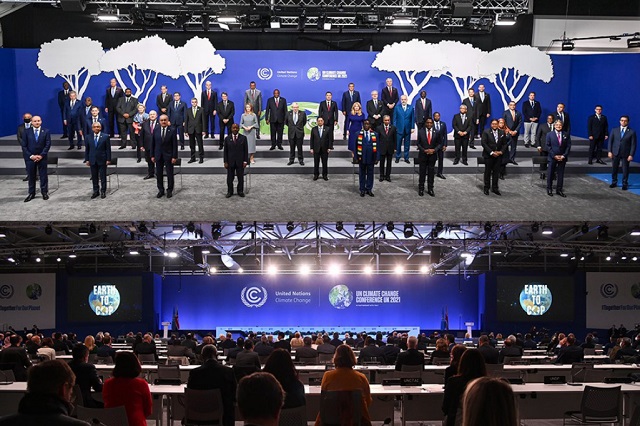
Technology boost
The experts say the new system— the NARIS— will enable them to forecast trends in the country’s fast declining forest cover. It can be used both online and offline and incorporates a Geographic Information System (GIS) mapping technology with Uganda’s land cover map as a baseline to assist with field monitoring and validation of information gathered from satellite imagery.
The system which also has the capacity to monitor human and wildlife migration patterns, urban development and other variables beyond deforestation has been made accessible to government bodies, the private sector and other key stakeholders in the forestry and environmental sectors.
Diisi says it is important for Uganda’s forestry agency to know where exactly deforestation or even afforestation is happening.
Another expert, Leonidas Hitimana, the team leader for forestry in the country office of the UN Food and Agriculture Organisation (FAO) told The Independent on Dec. 06 that long before it was possible to deploy technologies such as satellite or remote sensing data to map forest resources, ground-based measurements were used. But these were very expensive in terms of money and human resources and it was difficult to map the entire country.
He said modern technology such as satellite imagery is now fundamental in forest management.
“It enables the efficient mapping and monitoring of our forests at a large scale. You can know the state of a forest without visiting it physically on the ground,” he said.
Uganda’s forest estate
Elsie Attafuah; the UNDP Resident Representative in Uganda says deforestation threatens Uganda’s environmental, economic and social wellbeing which is tightly bound to the benefits healthy forests provide.
“Deforestation has the potential to threaten this fine balance through exacerbating climate change and reducing biodiversity, and if deforestation is not addressed the impacts have potential to stall or even reverse Uganda’s development trajectory.”
Conservationists say Uganda’s fast growing population combined with an economic model based on rising demands for wood, wood products, and land for agriculture and settlements are driving the country to unprecedented forest loss.
At the beginning of the 20th century, Uganda’s forest cover (mainly tropical high forests and woodlands) stood at almost 45% of Uganda’s total land. But by 1990, this had dwindled to 5 million hectares or about 25%.
In 2005, it declined further to 3.5 million hectares and by 2009; the country’s forest cover had shrunk to 1.5 million hectares. The forest managers say if deforestation is allowed to continue at the present rate, the country risks losing all its forests by the year 2050.
Interestingly, there has been a recent turn in fortunes for the country’s forests. Tom Okello, the executive director of the NFA told The Independent in March, this year, that the country has started regaining its forest cover.
The NFA says the most recent land cover mapping published in 2016 showed how Uganda’s forest cover now stands at about 2.5 million hectares or 12.4% of Uganda’s land surface (excluding water). More forests, however, are outside protected areas and this is where deforestation is taking place on a massive scale.
 The Independent Uganda: You get the Truth we Pay the Price
The Independent Uganda: You get the Truth we Pay the Price



There should be strict laws on deforestation.